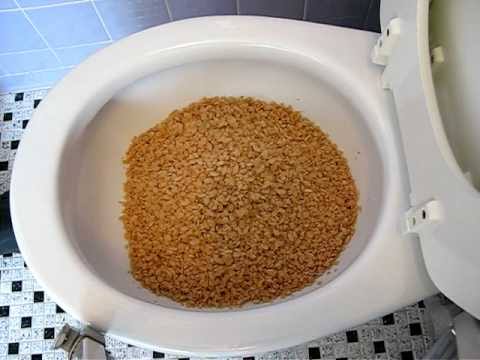What're your insights and beliefs on Flushing Food Down the Toilet??

Introduction
Lots of people are often faced with the predicament of what to do with food waste, especially when it involves leftovers or scraps. One common concern that occurs is whether it's okay to flush food down the commode. In this write-up, we'll explore the reasons why people could think about flushing food, the repercussions of doing so, and different methods for appropriate disposal.
Reasons that people might consider purging food
Lack of awareness
Some individuals might not understand the potential harm caused by purging food down the bathroom. They might mistakenly think that it's a harmless technique.
Comfort
Flushing food down the toilet might seem like a quick and easy option to throwing away unwanted scraps, particularly when there's no nearby trash can available.
Laziness
In many cases, people may merely select to flush food out of sheer idleness, without thinking about the consequences of their activities.
Consequences of flushing food down the bathroom
Ecological effect
Food waste that winds up in waterways can contribute to air pollution and harm marine ecosystems. In addition, the water used to flush food can stress water resources.
Pipes concerns
Purging food can lead to clogged up pipelines and drains pipes, triggering expensive plumbing repair work and troubles.
Kinds of food that ought to not be flushed
Coarse foods
Foods with fibrous structures such as celery or corn husks can get tangled in pipelines and trigger obstructions.
Starchy foods
Starchy foods like pasta and rice can absorb water and swell, resulting in obstructions in pipes.
Oils and fats
Greasy foods like bacon or food preparation oils need to never be flushed down the commode as they can solidify and trigger clogs.
Proper disposal methods for food waste
Making use of a waste disposal unit
For homes outfitted with waste disposal unit, food scraps can be ground up and purged via the pipes system. Nevertheless, not all foods are suitable for disposal in this way.
Recycling
Specific food packaging materials can be reused, reducing waste and decreasing ecological influence.
Composting
Composting is an environmentally friendly method to deal with food waste. Organic products can be composted and used to enhance dirt for gardening.
The relevance of correct waste management
Decreasing ecological harm
Appropriate waste monitoring methods, such as composting and recycling, aid reduce air pollution and maintain natural resources for future generations.
Protecting pipes systems
By avoiding the technique of flushing food down the toilet, homeowners can stop pricey pipes repair work and preserve the stability of their plumbing systems.
Conclusion
In conclusion, while it might be alluring to flush food down the toilet for convenience, it is very important to comprehend the possible repercussions of this action. By embracing appropriate waste monitoring methods and disposing of food waste sensibly, individuals can contribute to healthier pipes systems and a cleaner atmosphere for all.
FLUSH FOOD DOWN THE TOILET?
FLUSHING FOOD CAN CAUSE BLOCKED DRAINS IN YOUR HOME
All of the plumbing fixtures in your home are connected to the same sewer pipe outside of your home. This outdoor sewer pipe is responsible for transporting all the wastewater from your home to the Council sewer mains. Even small pieces of food that go down the kitchen sink can cause problems for your sewer. It should therefore be obvious that flushing larger bits of food, such as meat, risks a clog in either the toilet itself or the sewer pipes. Flushing greasy food is even more problematic because oil coagulates when it cools, coating the interior lining of your pipes.
THE TOILET IS NOT A BIN
Food isn’t the only thing that people shouldn’t be flushing down the toilet. People use the toilet to dispose of all kinds of things such as tampons, makeup wipes, dental floss, kitty litter and even underwear. Water goes to great lengths to educate residents about the high costs and stress placed on wastewater treatment systems simply from people flushing the wrong stuff down the toilet. It costs taxpayers millions of dollars each year, and homeowners thousands in blocked drain repairs.
FLUSHING FOOD IS A WASTE OF WATER
Flushing food is a waste of our most precious resource - water. In June this year Level 1 water restrictions were introduced to protect water supply from drought conditions. Much of New South Wales continues to be affected by prolonged drought with recent figures revealing up to 97 per cent of the state remains in drought. Depending on whether you have a single or dual flush toilet, every single flush uses between five and 11 litres of water. In the current climate this is a huge amount of water to be wasting on flushing food that should be placed in the bin (or better yet, the compost).
https://www.jabplumbingsolutions.com.au/blog/can-you-flush-food-down-the-toilet

I discovered that post on when doing a lookup on the internet. If you appreciated our blog posting plz don't forget to share it. I love reading our article about Think Twice Before Flushing Food Down Your Toilet.
Click Here